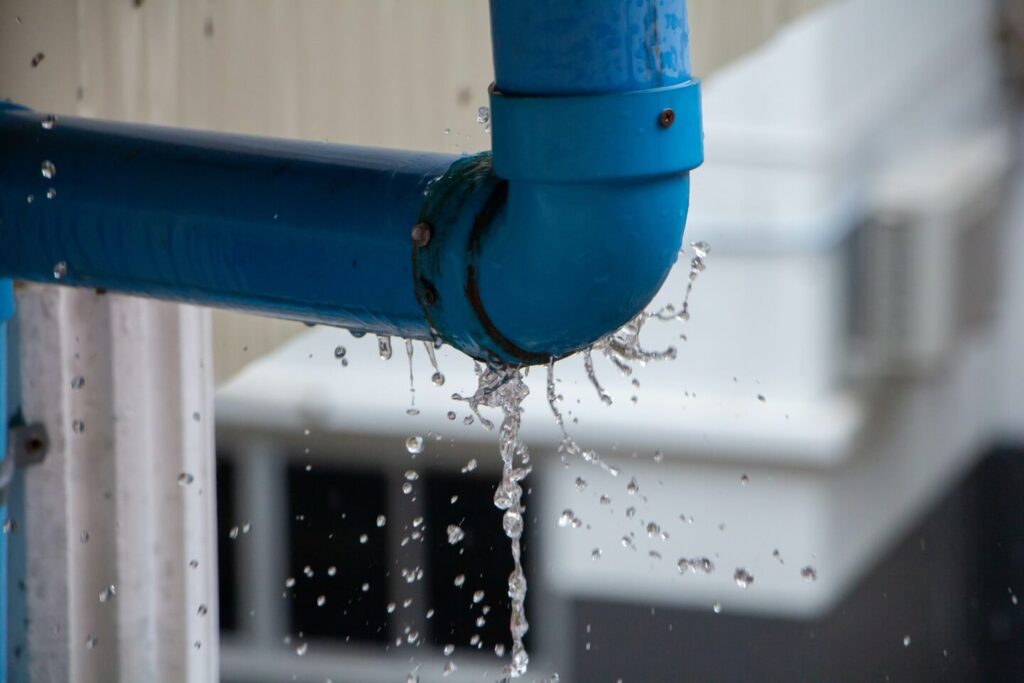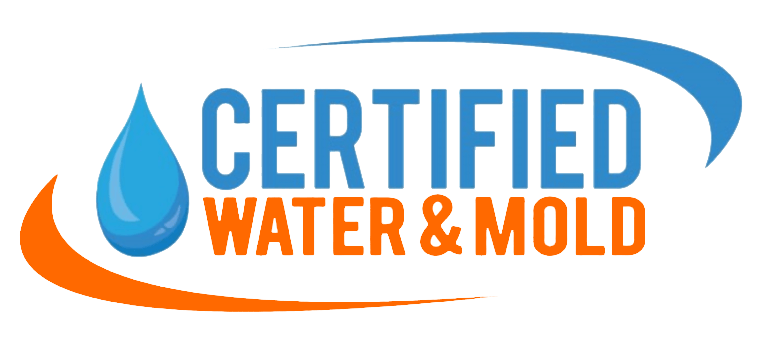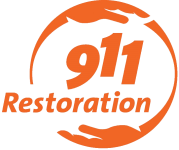Certified Water & Mold Restoration, LLC

CONTACT US
- 2021 B East Spruce Circle Olathe, KS 66062.
- 816-835-4959
- mike@cwmrestoration.com
BUISNESS LISTINGS
Water Damage Repair in Overland Park: 8 Incredible Tips on Protecting Your Belongings During Water Damage Mitigation
If you’re dealing with water damage in Overland Park, it’s crucial to take action quickly to protect your belongings. Here are eight invaluable tips from Certified Water and Mold on how to safeguard your possessions during the water damage mitigation process:
1. Move Items to a Dry Area: The first step is to move any salvageable items to a dry area to prevent further damage.
2. Remove Wet Items: Remove wet items such as rugs, furniture, and electronics from the affected area to prevent mold growth.
3. Dry Items Properly: Use fans, dehumidifiers, and air movers to dry out your belongings quickly and effectively.
4. Clean and Disinfect: Clean and disinfect any items that have come into contact with water to prevent mold and bacteria growth.
5. Use Protective Gear: Wear gloves and a mask when handling water-damaged items to protect yourself from contaminants.
6. Document Damage: Take photos of the water-damaged items for insurance purposes before discarding them.
7. Seal Items in Plastic: Seal valuable items such as documents and photographs in plastic to prevent further damage.
8. Seek Professional Help: If you’re unsure how to salvage a specific item, contact water damage repair experts in Overland Park for assistance.
By following these tips, you can increase the likelihood of saving your belongings during water damage mitigation. Trust Certified Water and Mold to help you navigate the process and restore your home to its pre-damaged condition.
The Fastest Way to Restore Your Peace of Mind with
24/7
Emergency Service
When Disaster Strikes Your Home or Business
Save Your Belongings from Water Damage: A Step-by-Step Guide
Water damage can be devastating, but with quick action and proper procedures, you can minimize harm to your belongings. This guide from Certified Water and Mold, your trusted water damage mitigation experts in Overland Park and Olathe, provides ten essential steps to take:
Safety First
1. Turn off the power to prevent electrical hazards.
2. Don personal protective equipment (PPE): gloves, goggles, and waterproof boots.
Act Quickly to Mitigate Damage
3. Time is critical! The longer the water sits, the worse the damage. Begin mitigation as soon as it’s safe.
4. Contact Certified Water and Mold: Our experts will expedite the process and minimize further loss.
Salvaging Your Belongings
5. Remove belongings from the affected area to a dry, safe location for air circulation and drying.
6. Categorize your belongings:
o Salvageable: Items needing cleaning and drying.
o Questionable: Items requiring professional evaluation.
o Unsalvageable: Items beyond repair that need discarding.
Restoring Salvageable Items
7. Dry and clean salvageable items as soon as possible:
o Wipe down surfaces.
o Use fans and dehumidifiers to aid drying.
o Thoroughly dry and clean upholstered furniture, rugs, and clothing to prevent mold and odors.
Special Care for Sensitive Items
8. Freeze water-damaged photos, documents, or books: This halts further damage and allows time for professional restoration consultation.
Drying Do’s and Don’ts
9. Avoid using heat sources like hairdryers or heaters on sensitive items like electronics, artwork, or photos. Heat can cause warping or distortion. Rely on air circulation and professional drying equipment.
Seek Professional Help When Needed
10. Consult Certified Water and Mold for questionable items: Our experts can assess the damage and determine if restoration is possible, using specialized techniques and equipment.
Additional Tips
• Pack salvageable belongings in plastic totes with lids for extra protection from moisture and contaminants. Label the totes for easy organization.
• Document the damage for insurance purposes: Take photos or videos of the items and their current condition. This helps with insurance claims.
Certified Water and Mold: Your Water Damage Restoration Partner
We understand the urgency of water damage emergencies. Our team of experts is here to help you navigate the mitigation process effectively and restore your belongings and home. Contact Certified Water and Mold today!
The best way to prevent mold damage is to avoid moisture buildup in your home. Here are some tips:
• Fix leaks promptly: If you see a leak, fix it immediately.
• Ventilate damp areas: Bathrooms, kitchens, and laundry rooms should have adequate ventilation to prevent moisture buildup.
• Use dehumidifiers: Dehumidifiers can help to reduce humidity levels in your home.
• Keep your home clean and dry: Clean up spills and wipe down wet surfaces promptly.
• Inspect your home regularly: Inspect your home for signs of mold growth on a regular basis.
If you suspect mold damage in your home, it is important to take action to prevent further growth and to protect your health.
The best way to prevent mold damage is to avoid moisture buildup in your home. Here are some tips:
• Fix leaks promptly: If you see a leak, fix it immediately.
• Ventilate damp areas: Bathrooms, kitchens, and laundry rooms should have adequate ventilation to prevent moisture buildup.
• Use dehumidifiers: Dehumidifiers can help to reduce humidity levels in your home.
• Keep your home clean and dry: Clean up spills and wipe down wet surfaces promptly.
• Inspect your home regularly: Inspect your home for signs of mold growth on a regular basis.
If you suspect mold damage in your home, it is important to take action to prevent further growth and to protect your health.
The best way to prevent mold damage is to avoid moisture buildup in your home. Here are some tips:
• Fix leaks promptly: If you see a leak, fix it immediately.
• Ventilate damp areas: Bathrooms, kitchens, and laundry rooms should have adequate ventilation to prevent moisture buildup.
• Use dehumidifiers: Dehumidifiers can help to reduce humidity levels in your home.
• Keep your home clean and dry: Clean up spills and wipe down wet surfaces promptly.
• Inspect your home regularly: Inspect your home for signs of mold growth on a regular basis.
If you suspect mold damage in your home, it is important to take action to prevent further growth and to protect your health.
The best way to prevent mold damage is to avoid moisture buildup in your home. Here are some tips:
• Fix leaks promptly: If you see a leak, fix it immediately.
• Ventilate damp areas: Bathrooms, kitchens, and laundry rooms should have adequate ventilation to prevent moisture buildup.
• Use dehumidifiers: Dehumidifiers can help to reduce humidity levels in your home.
• Keep your home clean and dry: Clean up spills and wipe down wet surfaces promptly.
• Inspect your home regularly: Inspect your home for signs of mold growth on a regular basis.
If you suspect mold damage in your home, it is important to take action to prevent further growth and to protect your health.
The best way to prevent mold damage is to avoid moisture buildup in your home. Here are some tips:
• Fix leaks promptly: If you see a leak, fix it immediately.
• Ventilate damp areas: Bathrooms, kitchens, and laundry rooms should have adequate ventilation to prevent moisture buildup.
• Use dehumidifiers: Dehumidifiers can help to reduce humidity levels in your home.
• Keep your home clean and dry: Clean up spills and wipe down wet surfaces promptly.
• Inspect your home regularly: Inspect your home for signs of mold growth on a regular basis.
If you suspect mold damage in your home, it is important to take action to prevent further growth and to protect your health.
The best way to prevent mold damage is to avoid moisture buildup in your home. Here are some tips:
• Fix leaks promptly: If you see a leak, fix it immediately.
• Ventilate damp areas: Bathrooms, kitchens, and laundry rooms should have adequate ventilation to prevent moisture buildup.
• Use dehumidifiers: Dehumidifiers can help to reduce humidity levels in your home.
• Keep your home clean and dry: Clean up spills and wipe down wet surfaces promptly.
• Inspect your home regularly: Inspect your home for signs of mold growth on a regular basis.
If you suspect mold damage in your home, it is important to take action to prevent further growth and to protect your health.
The best way to prevent mold damage is to avoid moisture buildup in your home. Here are some tips:
• Fix leaks promptly: If you see a leak, fix it immediately.
• Ventilate damp areas: Bathrooms, kitchens, and laundry rooms should have adequate ventilation to prevent moisture buildup.
• Use dehumidifiers: Dehumidifiers can help to reduce humidity levels in your home.
• Keep your home clean and dry: Clean up spills and wipe down wet surfaces promptly.
• Inspect your home regularly: Inspect your home for signs of mold growth on a regular basis.
If you suspect mold damage in your home, it is important to take action to prevent further growth and to protect your health.
The best way to prevent mold damage is to avoid moisture buildup in your home. Here are some tips:
• Fix leaks promptly: If you see a leak, fix it immediately.
• Ventilate damp areas: Bathrooms, kitchens, and laundry rooms should have adequate ventilation to prevent moisture buildup.
• Use dehumidifiers: Dehumidifiers can help to reduce humidity levels in your home.
• Keep your home clean and dry: Clean up spills and wipe down wet surfaces promptly.
• Inspect your home regularly: Inspect your home for signs of mold growth on a regular basis.
If you suspect mold damage in your home, it is important to take action to prevent further growth and to protect your health.
The best way to prevent mold damage is to avoid moisture buildup in your home. Here are some tips:
• Fix leaks promptly: If you see a leak, fix it immediately.
• Ventilate damp areas: Bathrooms, kitchens, and laundry rooms should have adequate ventilation to prevent moisture buildup.
• Use dehumidifiers: Dehumidifiers can help to reduce humidity levels in your home.
• Keep your home clean and dry: Clean up spills and wipe down wet surfaces promptly.
• Inspect your home regularly: Inspect your home for signs of mold growth on a regular basis.
If you suspect mold damage in your home, it is important to take action to prevent further growth and to protect your health.
The best way to prevent mold damage is to avoid moisture buildup in your home. Here are some tips:
• Fix leaks promptly: If you see a leak, fix it immediately.
• Ventilate damp areas: Bathrooms, kitchens, and laundry rooms should have adequate ventilation to prevent moisture buildup.
• Use dehumidifiers: Dehumidifiers can help to reduce humidity levels in your home.
• Keep your home clean and dry: Clean up spills and wipe down wet surfaces promptly.
• Inspect your home regularly: Inspect your home for signs of mold growth on a regular basis.
If you suspect mold damage in your home, it is important to take action to prevent further growth and to protect your health.
The best way to prevent mold damage is to avoid moisture buildup in your home. Here are some tips:
• Fix leaks promptly: If you see a leak, fix it immediately.
• Ventilate damp areas: Bathrooms, kitchens, and laundry rooms should have adequate ventilation to prevent moisture buildup.
• Use dehumidifiers: Dehumidifiers can help to reduce humidity levels in your home.
• Keep your home clean and dry: Clean up spills and wipe down wet surfaces promptly.
• Inspect your home regularly: Inspect your home for signs of mold growth on a regular basis.
If you suspect mold damage in your home, it is important to take action to prevent further growth and to protect your health.
The best way to prevent mold damage is to avoid moisture buildup in your home. Here are some tips:
• Fix leaks promptly: If you see a leak, fix it immediately.
• Ventilate damp areas: Bathrooms, kitchens, and laundry rooms should have adequate ventilation to prevent moisture buildup.
• Use dehumidifiers: Dehumidifiers can help to reduce humidity levels in your home.
• Keep your home clean and dry: Clean up spills and wipe down wet surfaces promptly.
• Inspect your home regularly: Inspect your home for signs of mold growth on a regular basis.
If you suspect mold damage in your home, it is important to take action to prevent further growth and to protect your health.







